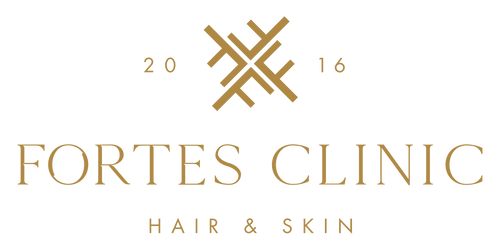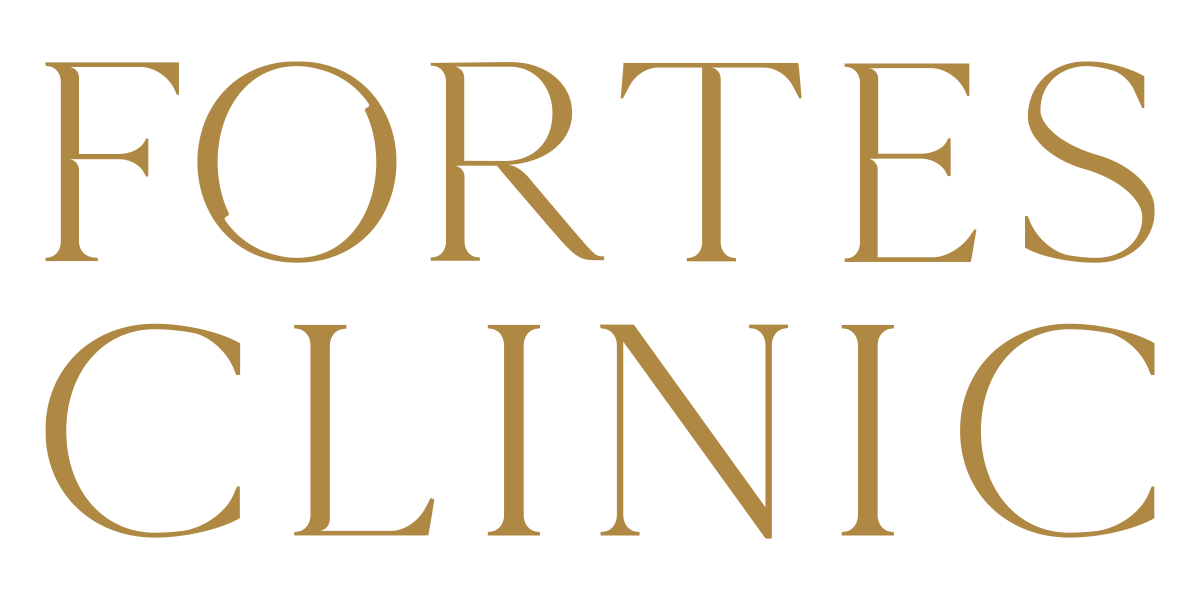Introduction
A receding hairline is a common concern for many people, especially men. It is a condition where the hairline on the forehead starts to move backward, resulting in a V-shaped hairline. This condition can be caused by several factors, such as genetics, age, and hormonal changes. In this article, we’ll explore the causes of a receding hairline, ways to prevent it, and the available treatment options.
Understanding Receding Hairline
Before we dive into the prevention and treatment of a receding hairline, it’s important to understand what causes it. In most cases, a receding hairline is caused by genetics. It’s more common in men than women, and it tends to run in families. Other factors that can cause a receding hairline include age, hormonal changes, and certain medical conditions.
There are several stages of a receding hairline, and it’s essential to identify which stage you’re in to determine the appropriate course of action. The stages are as follows:
- Stage 1: Slight recession of the hairline around the temples.
- Stage 2: The hairline moves backward, forming an M-shaped pattern.
- Stage 3: The hairline continues to recede, and the M shape becomes more pronounced.
- Stage 4: The hairline recedes even further, leaving only a small amount of hair on the crown of the head.
Identifying the stage of your receding hairline can help you understand how severe your hair loss is and what measures you can take to prevent further hair loss.
Preventing Receding Hairline
While genetics play a significant role in a receding hairline, there are still ways to prevent or slow down hair loss. Here are some tips for preventing receding hairline:
Maintain a Healthy Lifestyle
Maintaining a healthy lifestyle is essential for preventing hair loss. It’s essential to get enough sleep, exercise regularly, and reduce stress levels. Stress is a significant cause of hair loss, so finding ways to manage stress, such as meditation or yoga, can be beneficial.
Avoid Harmful Hair Styling Practices
Using hair styling products such as gels, sprays, and hairdryers excessively can cause hair damage and loss. It’s essential to use hair styling products in moderation and use gentle hair styling tools to avoid damage.
Use Gentle Hair Care Products
Using harsh shampoos and conditioners can also damage hair and cause hair loss. It’s essential to use gentle hair care products that are free from sulphates and parabens. These ingredients can strip the hair of its natural oils, leading to dry and brittle hair.
Eat a Balanced Diet
A balanced diet rich in vitamins and minerals can help prevent hair loss. Foods that are rich in protein, such as eggs and nuts, can help promote hair growth. Foods that are rich in vitamins A, B, C, and D, such as leafy greens, citrus fruits, and fatty fish, can also help prevent hair loss.
Treating Receding Hairline
If you’ve already experienced hair loss due to a receding hairline, don’t worry. There are several non-medical and medical treatment options available to help regrow hair. Here are some of the options:
Non-Medical Treatments
Hair Loss Concealers
Hair loss concealers are powders, fibres, or sprays that can help conceal bald spots or thinning hair. They work by attaching to the hair, making it appear thicker and fuller.
Scalp Micropigmentation
Scalp micropigmentation is a non-surgical cosmetic procedure that involves tattooing the scalp to create the illusion of hair follicles. It’s an effective treatment for those with severe hair loss and can provide natural-looking results.
Hair Transplants
Hair transplants involve taking hair from a donor area and transplanting it to the balding area. This procedure can be expensive, but it can provide long-lasting and natural-looking results.
Hair Fibres and Sprays
Hair fibres and sprays are another option for concealing hair loss. They work similarly to hair loss concealers but are applied differently. They are sprayed or sprinkled onto the hair, making it appear thicker and fuller.
Medical Treatments
Prescription Medication
There are several prescription medications available that can help regrow hair. These medications work by preventing the conversion of testosterone into dihydrotestosterone (DHT), which is a hormone that can cause hair loss. Finasteride and minoxidil are two of the most common medications used to treat hair loss.
Platelet-Rich Plasma (PRP) Therapy
Platelet-rich plasma (PRP) therapy involves injecting a patient’s own plasma into the scalp to stimulate hair growth. This treatment is relatively new but has shown promising results in some studies.
Hair Transplant Surgery
Hair transplant surgery involves removing hair follicles from a donor area and transplanting them into the balding area. This procedure is invasive but can provide long-lasting and natural-looking results.
Coping with a Receding Hairline
Coping with a receding hairline can be challenging, but there are several ways to make it easier. Here are some coping mechanisms:
Accepting Your Hairline
Accepting your hairline is the first step in coping with hair loss. It’s essential to remember that hair loss is a natural part of ageing and that it doesn’t define who you are as a person.
Experimenting with New Hairstyles
Experimenting with new hairstyles can also be helpful in coping with a receding hairline. A shorter hairstyle or a buzz cut can be a great way to embrace hair loss and feel confident.
Wearing Head Coverings
Wearing head coverings such as hats or bandanas can also be a helpful way to cope with hair loss. It’s essential to choose head coverings that are comfortable and make you feel confident.
Seeking Support from Others
Talking to friends, family, or a support group about your hair loss can also be helpful. It’s important to remember that you’re not alone in this experience and that many people go through hair loss.
Conclusion
A receding hairline can be a distressing experience, but it’s essential to remember that there are ways to prevent or treat it. Maintaining a healthy lifestyle, using gentle hair care products, and exploring non-medical and medical treatment options can all help regrow hair. It’s also essential to remember to accept your hairline, experiment with new hairstyles, wear head coverings, and seek support from others. With these tips, you can cope with a receding hairline and feel confident in your appearance.



